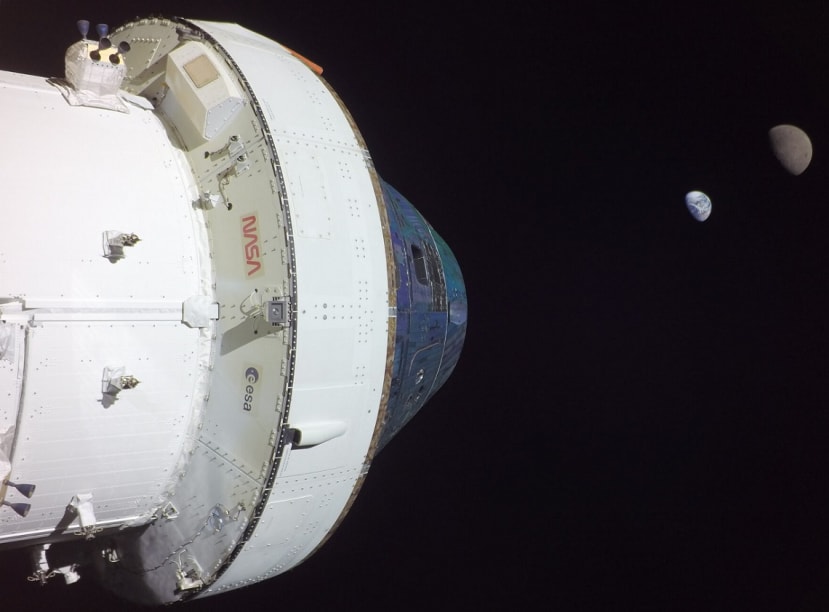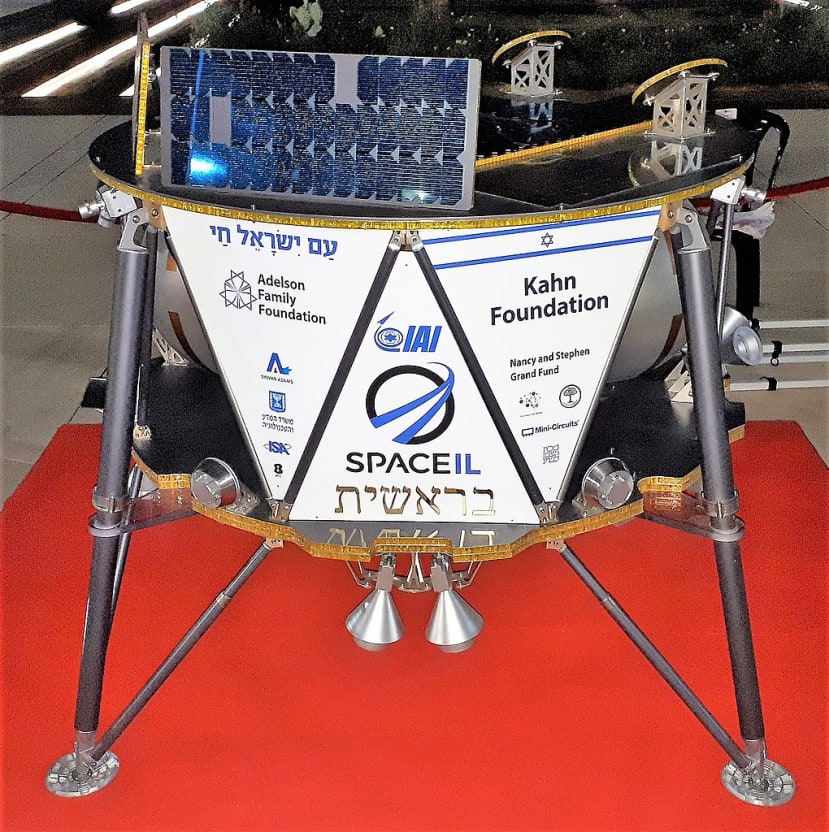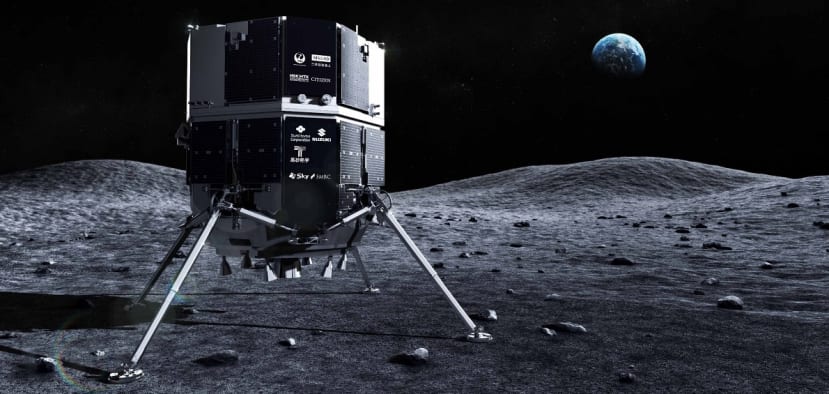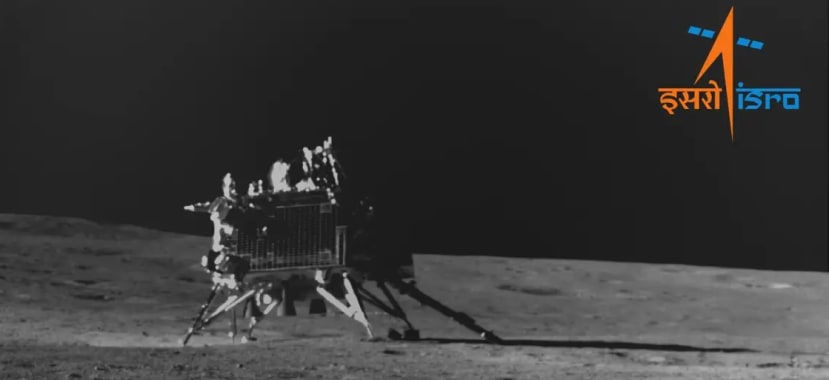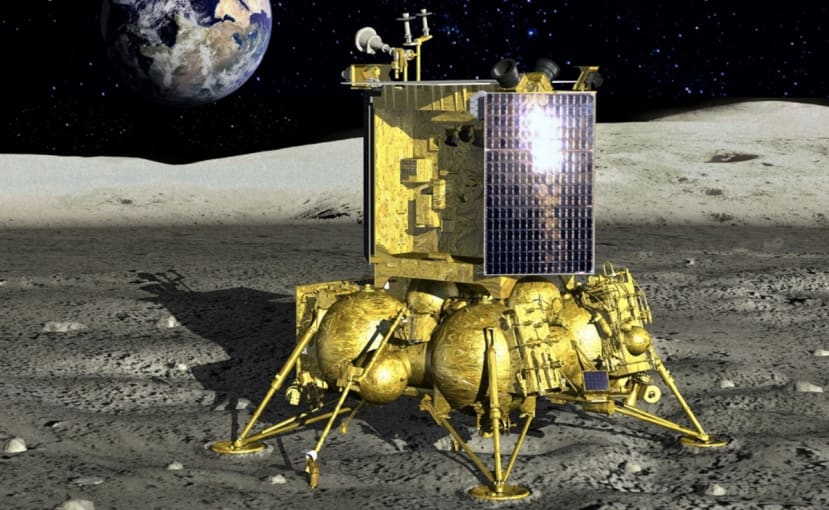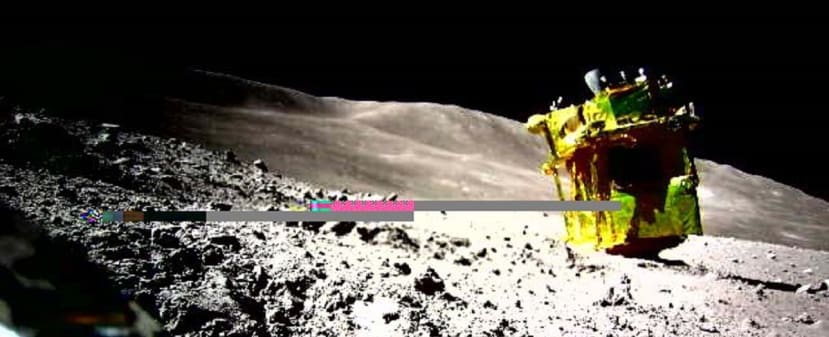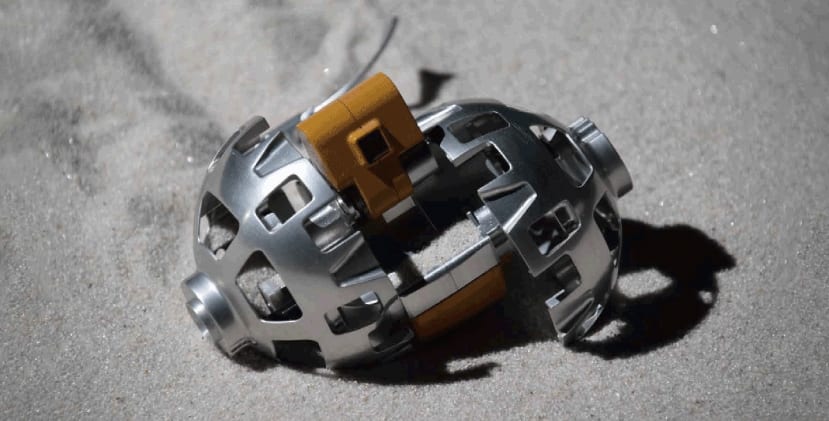Landing on the Moon is Easy. Not.
Follow articleHow do you feel about this article? Help us to provide better content for you.
Thank you! Your feedback has been received.
There was a problem submitting your feedback, please try again later.
What do you think of this article?
The unmanned Orion spacecraft of the first Artemis mission at the far end of its trip beyond the Moon. After a few false starts, the NASA SLS rocket finally took off in November 2022 and completed an uneventful journey similar to that of Apollo 8 in December 1968. The launch kept getting delayed because of persistent fuel leaks. Image credit: NASA
In April 2022 I posted an article describing the recent rush to send spacecraft, specifically landers, back to the Earth’s Moon. I included NASA’s Artemis 1 because, like Apollo 8, it’s a precursor for the eventual lunar landing mission. In this case, Artemis 3 will be the successor to Apollo 11. When all the fuel leak problems of the SLS rocket were eventually resolved, the Orion spacecraft went around the Moon and back without a hitch. This success should see the crewed version of the same mission, Artemis 2, launch in 2025. However, many of the recent landers were not so lucky….
SpaceIL Beresheet lander (Crash-landed April 2019)
Full-size model of the Beresheet Moon lander. Image credit: SpaceIL
This ‘private-enterprise’ lander actually made it to the Moon as far back as 2019. Constructed by SpaceIL and Israel Aerospace Industries, it was intended to be a relatively low-cost (about $90m) technology demonstrator. To be fair, that is low-cost for space hardware, but Beresheet’s ultimate fate demonstrated that while huge investment doesn’t necessarily provide instant success, cutting corners frequently guarantees failure. A subsequent investigation reported a catalogue of systems-design and human failures which suggested either limited understanding of the harsh space environment at the start, or overbearing pressure to ‘control costs’ towards the end.
ispace Hakuto-R Mission 1 lander and rover (Crash landed April 2023)
Hakuto-R Mission 1 lander as it might have looked. Image credit: ispace
Hakuto-R was another technology demonstrator and carried the Emirates Lunar Mission rover. Once again, the technology demonstrated that hardware and software destined for space travel are best tested thoroughly on the ground before launch. Things started to go wrong as the spacecraft descended towards the Moon’s surface: faulty telemetry led mission control to believe it was heading towards the wrong landing site. It wasn’t, but then the on-board computer decided to ignore the output from the radar altimeter, and for some reason kept the lander hovering 5km above the surface until the engine ran out of fuel…..
Indian (ISRO) Chandrayaan-3 lander and rover (Landed August 2023)
Success! Chandrayaan-3 Vikram lander as seen from the Pragyan rover. Image credit: ISRO
Chandrayaan-3 managed to break the trend that was forming of landers encountering the Moon’s surface at non-survivable speeds. It even managed to deploy a rover vehicle. Lots of valuable lessons had been learnt from the failure of its predecessor Chandrayaan-2 in September 2019.
Russian (Roscosmos) Luna 25 (Crash landed August 2023)
Luna 25 as it might have looked. Image credit: Roscosmos
Luna 25 was a somewhat delayed (50 years) follow-up to Luna 24 designed to examine the lunar regolith (soil) near the south pole, and the local exosphere, the very, very thin atmosphere around the Moon. The political situation at the time of launch didn’t help: Russia had invaded Ukraine and was subjected to Western sanctions which included the withdrawal by ESA of a prototype navigation camera from the project. The crash occurred because a manoeuvring engine burn designed to drop the spacecraft into a lower Lunar orbit lasted too long, causing it to become an unplanned de-orbit burn instead.
Astrobotic Technology Peregrine lander (Unable to land Jan 2024)
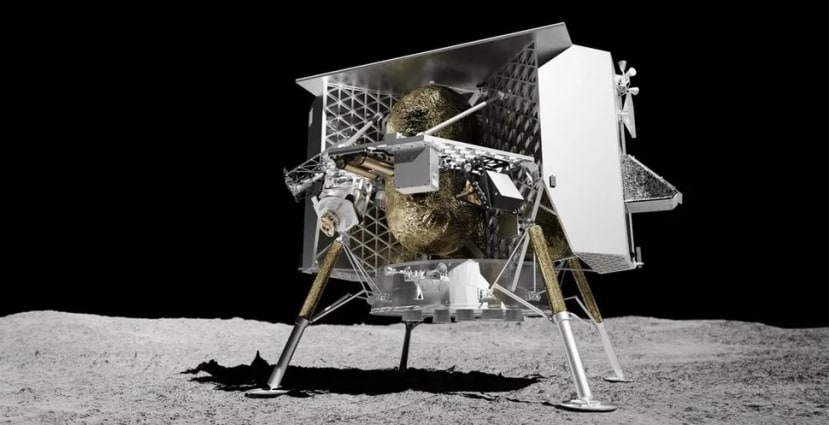
The Astrobotic Technology Peregrine was to have been the first US lunar lander since Apollo 17 in 1972. Another private-enterprise venture, it carried payloads for NASA’s Commercial Lunar Payload Services (CLPS) program. On this occasion, a fault in the fuel system prevented any attempt at landing. Constant firing of manoeuvring engines was required just to keep the solar panels pointing in the right direction. In the end though, Peregrine did not have enough fuel and remained on its free-return orbit back to Earth before being directed to burn-up in the atmosphere. On-board payload instruments were switched on to salvage some science data during its return. Pictures sent back showing damaged insulation panels suggest that a propellant leak may have been caused by a stuck valve which led to the rupture of an oxidiser tank.
Peregrine had been scheduled to carry the UK-Ukraine legged robot Asagumo built by UK-based company Spacebit, a project postponed because of the war.
Japanese (JAXA) SLIM and two rovers (Partial success Jan 2024)
SLIM as it should have looked. Image credit: JAXA
The Smart Lander for Investigating the Moon succeeded in its primary mission: to test out an AI-based feature recognition system designed to improve landing accuracy. Two tiny rovers, LEV-1 and LEV-2 (aka Sora-Q) were also deployed. LEV-1 moved around by ‘hopping’; ball-shaped LEV-2 by ‘crawling’ with two offsetable wheels.
SLIM was supposed to land on its side, but a problem with the propulsion system meant it ended up on its ‘nose’ leaving the solar panels pointing westwards instead of up. Systems were shut down to conserve power as the lunar night approached. Amazingly contact was regained at daybreak, the lander’s electronics having survived the two-week ‘night’ without any special heating measures.
Oops! SLIM on the Moon, but in an undignified position. View from LEV-1 rover. Image credit: JAXA
LEV-2 8cm diameter ball-shaped rover. Would you believe it was developed from a child’s toy? Image credit: JAXA/TOMY
Intuitive Machines Odysseus IM-1 Lander (Mostly successful Feb 2024)
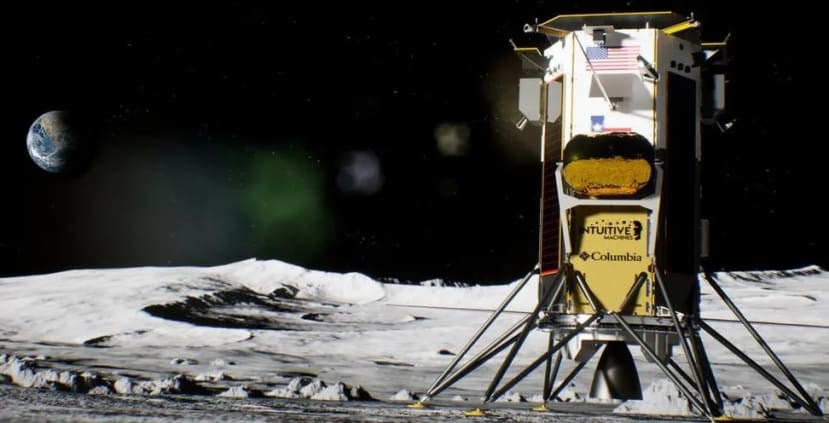
Odysseus became the first commercial lunar vehicle to land reasonably successfully on the Moon. It wasn’t a perfect landing because the vehicle ended up leaning over at a 30° angle. Fortunately, the solar panels were uppermost and only the art installation was left facing downwards. It looks like a heavier landing than planned broke one of the landing struts leaving the lander tilted, supported by a helium tank. Despite this glitch, the IM-1 mission was a landmark success.
Odysseus operational on the Moon, albeit with a list. Image credit: Intuitive Machines
Finally
Well, SLIM and Odysseus made it down reasonably safely and fortunately, their respective missions did not include a return to Earth. Of course, if it happens to a crewed lander needing an upright stance for take-off, then this type of minor glitch might become a major disaster. I imagine it was the nightmare scenario for the Apollo astronauts. Normally, a new spacecraft designed to carry astronauts is tested in space without humans on board. The first flights of the Mercury, Gemini, Apollo and most recently SpaceX’s Crew Dragon and NASA’s Orion, were all crewless. Sometimes, though that safety-first approach is just not practical. The Apollo LEM did not receive a full test of its lunar landing capability until Neil Armstrong piloted it down to the surface in 1969. Ironically, the landing was only a success because a human intervened when the on-board computer became overloaded at the last minute. The same restriction on unmanned testing also applied to the Space Shuttle, which was not designed to be flown without a crew. In April 1981, John Young and Bob Crippen climbed aboard the Shuttle Columbia for its first flight, knowing that they were riding a machine crammed with new technology, that had only ever been flown in simulation. They made it into space and returned triumphant. They were lucky: many of the heat-resistant tiles protecting the orbiter from re-entry heat had fallen off.
If you're stuck for something to do, follow my posts on Twitter. I link to interesting articles on new electronics and related technologies, retweeting posts I spot about robots, space exploration and other issues. To see my back catalogue of recent DesignSpark blog posts type “billsblog” into the Search box above.


